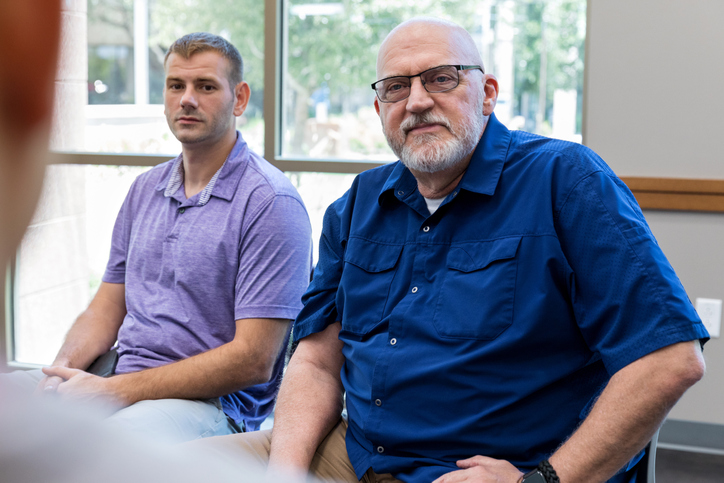Let's Be Real
When I was in college, a common commentary was that we college students lived in a “bubble.” This was said by those outside of our college world as well as by us college students. Living on or near the campus, spending our time in class, studying, writing papers, avoiding studying and writing papers, trying to balance work and play in new ways, trying on early adulthood, etc. was not the “real world.”
Something about that critique — telling someone else, or even oneself, that the life they’re living isn’t “real” felt and feels somewhat cynical. An underlying assumption seems to be that being “real” requires experiencing stress and pain. Experiencing friendships, joy, fun, and kindness — these were seen as less “real” than the weights of responsibilities and suffering. Another underlying assumption seems to be that if something exists only for a time in our life, then it’s not real. Why were the positive, temporary, parts of life seen as less real than the painful and lingering parts?
This devaluing of the joyful parts of life seems present, too, in how we who are older sometimes minimize and invalidate the experiences of those who are younger. With the perspective of greater years and more experience, the older can look on the distress felt by children, teens, or even young adults and say that what is causing them stress is not that big of a deal. We can unhelpfully tell them to “just wait” and they’ll understand that they don’t have it so bad. Think it’s hard now, well just wait until you’re out of high school. Or just wait until the baby comes or when there’s more than one child or when they’re in elementary (or middle school or high school) or when they’re gone. Just wait until you hit 40, or 50, or 60 (or 70, or 80) and on and on. If you think it’s bad now, or if it feels pretty good now, just wait. Not sure how this “just wait” advice is ever very helpful.
What is it about us that sees more reality in hard or painful things than in kind, caring, enjoyable things? Why do stressful experiences get to be more “real?”
Perhaps it’s partially a failure of language. Maybe when we say that life during a less stressful, possibly more innocent time, is not “real,” we’re acknowledging that what we’re living is a narrow slice of how big life can be. It’s real, but it’s certainly not all there is. Sadly, annoyingly, or tragically, there is more to life than this. And if life feels good, safe, and comfortable, then there’s part of us that may benefit from being reminded that this is not the whole of life’s experience. Maybe we overcompensate to make that point and end up undercutting the nurturing and supportive parts of our lives in the process.
We may also put more “reality” on the more stressful and painful experiences of life to protect ourselves. Don’t forget to be careful. Don’t assume that all people and circumstances are safe. Expect that there will be hard things in life and make some plans to be prepared. Managing expectations and having contingency plans make good sense and help to keep our lives and hearts protected.
Yet, here is our paradox. While we minimize the realness of the joys of life in order to remind ourselves that stress, pain, and suffering are unavoidable and critical parts of life, we often avoid talking about these darker realities of life. In many situations, we kill the conversation by bringing up loss, grief, pain, or death. Talking about these realities of our mortality can be taboo. Perhaps they feel too “real” for us. And this leaves us in a strange limbo between joy, comfort, and kindness (not real enough) and death, grief, and loss (too real).
We struggle to find the right balance—experience the joys of life (but don’t hold too tightly or expect them to last) and recognize that life is full of burdens and loss (but it’s depressing to talk much about it). This reality bind is what is more depressing, however, and its costs are too high. Its haunting keeps us from fully affirming and enjoying the temporary blessings of life—temporary because our lives and everything in them are temporary, of course. When we are suffering, it sends our friends to the other side of the grocery store, street, or room because they don’t know how to act or what to say. It keeps doctors from telling us the whole truth as the full realness of our conditions is found too intimidating.
So, a few real-life suggestions before we end these few minutes and few paragraphs. Let’s avoid telling people to “just wait” until they’re in the real world. Let’s work at being at least a little more open with each other (and ourselves) about talking about the realities of being temporary like aging, illness, grief, and death. Let’s practice fully seeing and being real.

Greg Adams, LCSW, ACSW, FT
Program Coordinator
Center for Good Mourning
[email protected]






